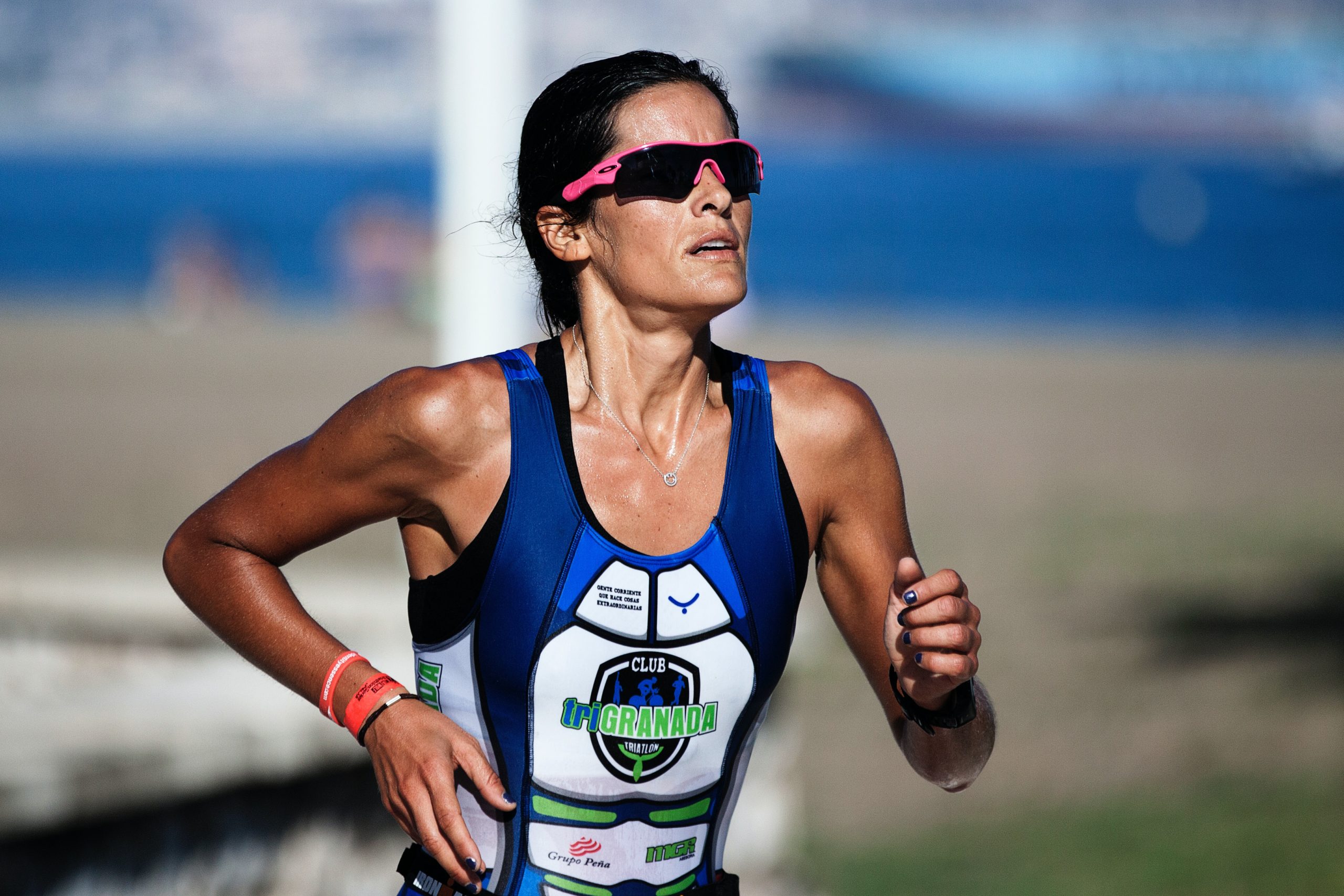4 Essential Coping Mechanisms for Your Next Triathlon
Use these 4 proven coping mechanisms in your next triathlon to perform better in training and on race day.

Coping mechanisms are strategies that we as athletes can use in difficult times—during training and in races—to help us to feel better.
I’m sure that you have all felt dreadful mid-way through a Zwift session, trying to think of ways to reduce your level of fatigue. Or have sat in the hurt locker with 20k to go on the bike leg of a 70.3 or full Ironman, wondering how you will run a half or full marathon. Let’s not forget those track sessions of 800m intervals, when you can barely manage to catch your breath before it’s time for the next rep.
Many of you may believe that you need to simply suck it up because the suffering will make you stronger. Whilst this is true to a certain extent, if you can reduce the discomfort you should try.
Negative thoughts that creep in when you open Training Peaks, enter into taper week or toe the start line will have a powerful effect, even before the session or race begins.
Just like we lay out in our Guide to dealing with Open Water Swim Panic, it’s important to have a strategy in place before you begin the session or start your race, rather than trying to figure a way out of the hurt locker on the fly when that fatigue sets in.
So, what can you do to gain even the smallest respite mid training session or race?
1. Smile
You may have heard this before, but how can it possibly work when you are in a world of pain?
Smiling stimulates the amygdala—the emotional center of the brain—which releases neurotransmitters called neuropeptides to help ward off stress. Other neurotransmitters like dopamine, serotonin and endorphins come into play too. Dopamine gives you feelings of pleasure, serotonin boosts your mood and endorphins act as a mild pain reliever.
Smiling also helps to reduce stress-induced hormones in the bloodstream, thus curbing adrenal fatigue.
You will absolutely notice the response, feeling slightly less fatigued.
2. Use Positive Statements
Many conclusive studies have proven the effectiveness of stating positive statements in helping to reduce stress, anxiety and fatigue. They also activate the reward circuits of the brain, which are known to decrease pain. Positive statements are effective when said aloud or in our mind.
The objective for using positive statements is to change the way we feel in the moment and therefore, it is important that we use those statements in the present tense. Examples include: I feel strong, I feel energized, I feel good.
3. Box Breathing
This is a technique that is used to help calm the mind before a tough session, during taper week or-on race day.
- Breathe in for four seconds
- Hold for four seconds
- Breathe out for four seconds
- Hold for four seconds
That is one cycle. Repeat for three to five minutes or until you feel calmer.
Box breathing can also be used on the bike and run by syncing it with the number of pedal strokes or steps that you take on the run.
For example, breathe in for four to six pedal strokes, hold for the same, breathe out for the same. The same can be done whilst running, for example, breathe in, out and hold on every sixth step on one foot.
4. Analyze, Dissect and Reward
Taking on the challenge of a full triathlon can be daunting. However, just like in training, we rarely focus on completing the full task at once. Rather, we break it into smaller, more manageable segments.
The act of completing a task no matter how large or small, triggers the release of dopamine in the brain as a reward system. Creating these micro tasks throughout the race creates a regular and consistent reward structure.
Swim: On a 1.2-mile swim of a 70.3, each buoy is usually 300 to 500 meters apart. Focus on reaching that first buoy and then onto the second, and so on.
Bike: The bike leg typically has mile markers every five miles, which is a highly manageable distance and duration to wrap your head around.
Run: Many runners break the distance down into 5ks or three mile segments and approach it like a training session. For a 70.3 this would be a 4 x 5k with space built in for some recovery if needed.
You can also amplify this reward system physically. Try giving yourself a gel, bar or even a slight recovery segment out of the aero bars or slowing your pace slightly at the completion of a segment.
Applying these will ensure that you feel calmer and stronger on race day. So the next time you feel anxious or fatigued during training or on race day, give one of these techniques a try.
***
Neil Edge is an experienced Triathlon Mental Performance Coach, working with age groupers and pros. He works with triathletes to overcome fear of open water and fast descents, setbacks including a less than expected performance and injury, increasing motivation, removing performance anxiety and building confidence and resilience.
Email: neil@neiledge.com
Blog: https://www.blog.neiledge.com
Facebook group: https://www.facebook.com/groups/triathlonmindset
Instagram: https://www.instagram.com/triathlon_mental_performance

